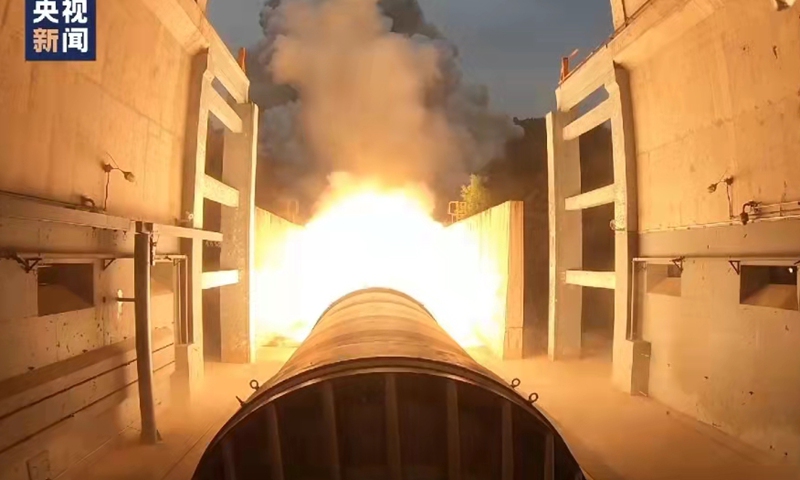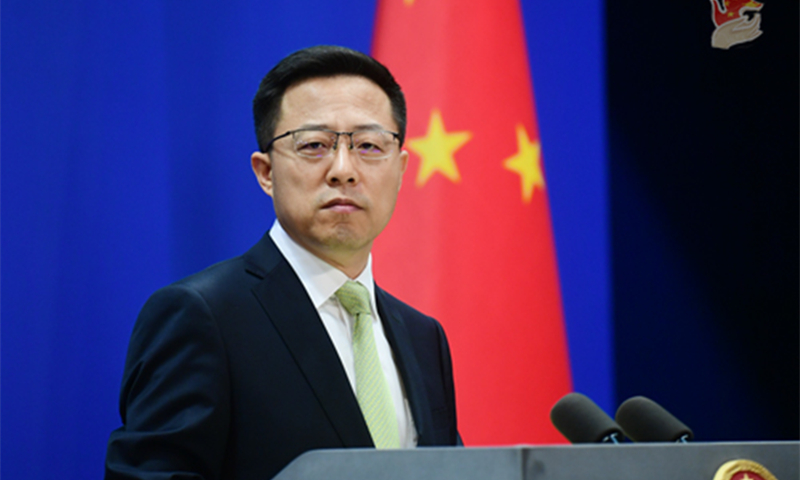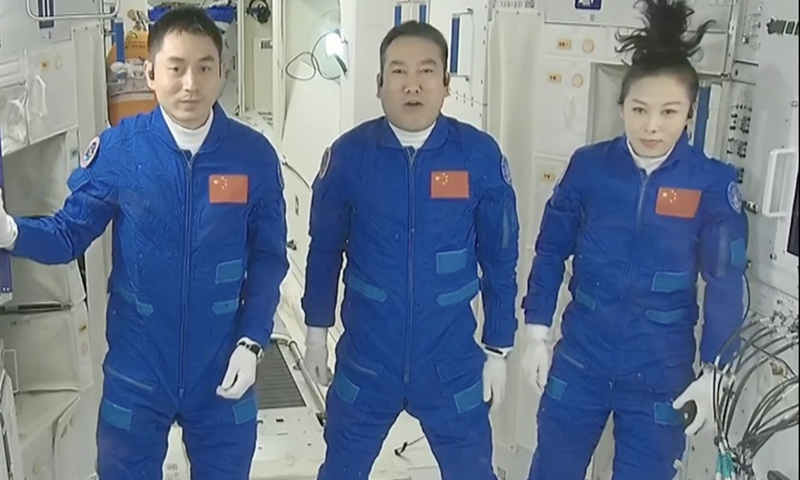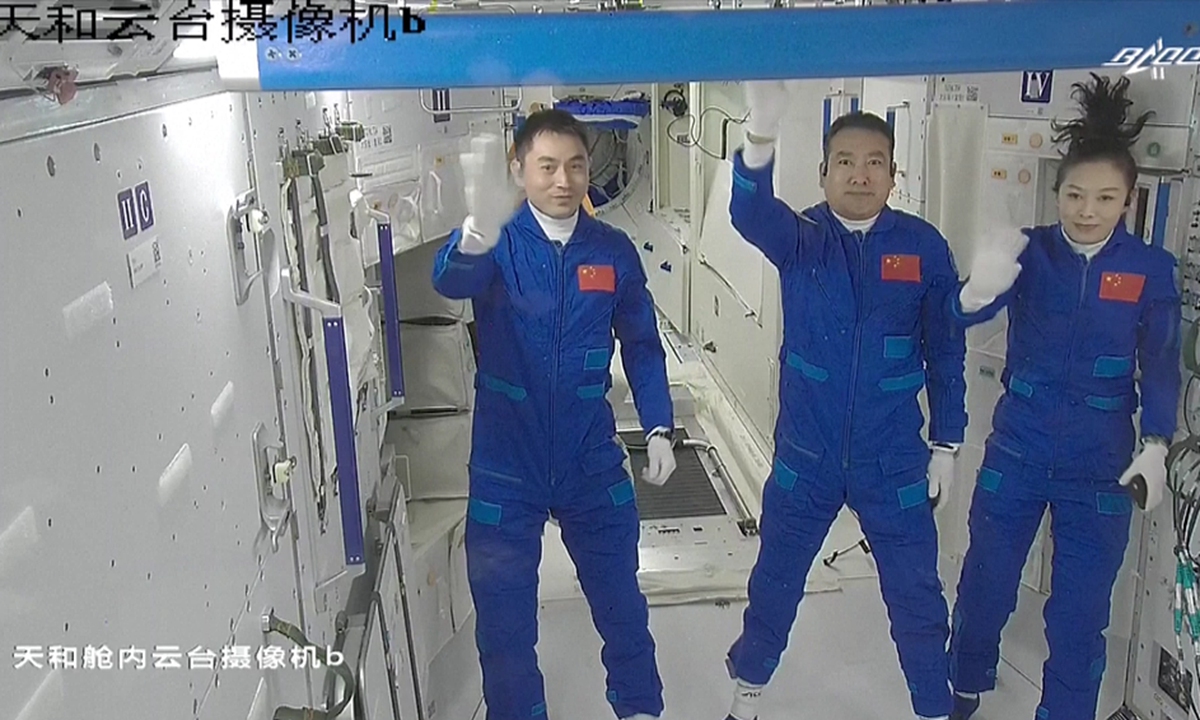New tech and innovation hub for northern region

An artist’s impression of the proposed NCER Technology Innovation Centre in Bayan Lepas, Penang.
IN an effort to build a strong and sustainable ecosystem in Penang’s industrial and economic landscape, Northern Corridor Implementation Authority (NCIA) will be establishing a technology and innovation hub called the NCER (Northern Corridor Economic Region) Technology Innovation Centre (NTIC).
NCIA chief executive Datuk Seri Jebasingam Issace John said the centre, which will be built in Bayan Lepas and completed by 2023, will have a newly developed programme under the NCER Single Campus initiative that focuses on activities related to research, design, technology, innovation and commercialisation.
“The Single Campus initiative promotes collaboration and cooperation among key manufacturing areas in Penang, Kedah and Perak through the facilitation by NTIC while positioning Penang as the catalyst hub focused on technology and innovation.
“This hub will provide services and facilities for product innovation, linkages with local and international experts, local talent development, design and consultancy and a one-stop solution provider management system.
“NTIC will serve as a platform for small and medium enterprises, local large companies, multinational companies, technocrats and young entrepreneurs, as well as start-up companies to conduct high value-added activities in the northern corridor,” he said in an online event on Friday.
Issace John added that through NTIC, NCIA is collaborating with Universiti Sains Malaysia (USM) and Collaborative Research in Engineering, Science and Technology Centre (Crest) to develop high-skilled local talents to meet the demands of the industries within NCER.
“With the signing of a memo- randum of collaboration (MoC) between NCIA and USM, a programme has been launched to enhance talents’ marketability by developing their Fourth Industrial Revolution (IR4.0)-related knowledge and skills that are highly sought after by the industry.
“The Professional Excellence Programme or PreX is developed by combining academic and industry inputs on industry needs and expectations, industry professional assessment and employability.
“The MoC with Crest, on the other hand, will see collaborations with world renowned multi- national companies such as Intel Microelectronics (M) Sdn Bhd and Motorola Solutions (M) Sdn Bhd, and local technology companies such as Orionplex Sdn Bhd, Exiatec Technology Sdn Bhd and Sensoft Technologies Sdn Bhd,” he said.
Issace John said NCER Talent Enhancement Programme (NTEP) will also support the Engineering Software Talent Programme (EnSofT) to address the engineering software talent gap in the fields of embedded system, android applications and embedded android operating system.
“EnSofT will be a catalyst to other types of high-end training programmes to generate industry- relevant talents that meet current and upcoming market demands.
“Such collaborations with academia and industry players will help Penang to further grow into a high-income and developed state as well as help it recover quickly from the pandemic as more job opportunities especially in software engineering are created,” he said.
He said NCIA helped attract a total of RM8.56bil of approved investments and created 5,155 approved job creations to date this year.“We have, in fact, already exceeded our target of RM7.2bil of 2021 approved investments. As for job creation, we are also on track to meet the 8,644 approved job creation targeted for this year.”
Chief Minister Chow Kon Yeow, who attended the online event, said the strategic partnership between NCIA and the state government had given birth to a high-value talent ecosystem that will further boost the state’s position as a world-class regional technology hub.
This will also reinforce the development of highly skilled local talent in various high end technology related areas, he added.
“In collaboration with Penang and federal governments, NCIA is continuously enhancing the state’s attractiveness to investors in the electronics and electrical, and manufacturing and engineering sectors.
“We are continuing to strengthen our position as a leader in the region for advanced technology and as a high-value talent and technology hub.
“With more than 300 multinational companies already having established operations in Penang, there is a need for more highly skilled talent to address the demand from the industry here.
“We are fortunate that Penang has an abundance of fresh graduates that industries can tap into, and our position as the ‘Silicon Valley of the East’ can be further strengthened by upskilling and enhancing the quality of our graduates through initiatives introduced by NCIA,” Chow said.
NCIA is a regional development authority responsible for establishing directions, devising policies and strategies related to the socio- economic development of NCER.
Incorporated in June 2008 under the Northern Corridor Implementation Authority Act 2008 (Act 687), NCER encompasses the four northern states of Kedah, Penang, Perak and Perlis in peninsular Malaysia.
NCIA drives the growth of NCER towards becoming an excellent economic region while catalysing and implementing high value-added development programmes in six economic clusters namely manufacturing, agribusiness, petrochemical, mining, green economy and services (including tourism, logistics and connectivity, and digital economy).
Related:













 Chinese Foreign Ministry spokesperson Zhao Lijian
Chinese Foreign Ministry spokesperson Zhao Lijian

 Shenzhou-13 crew
Shenzhou-13 crew

